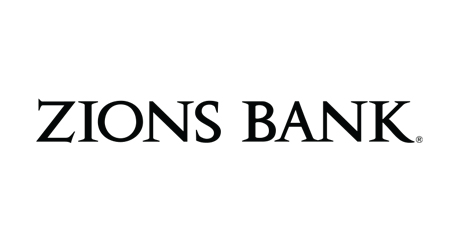By Justin Gordon
Amid the longest economic expansion in U.S. history and strong employment growth, businesses might rationalize resting on laurels when it comes to their liquidity. But with many of the traditional economic indicators and fundamentals in unprecedented territory, a business owner might find it worthwhile to consider a lending structure that offers flexibility in any economic or business cycle.
Financial sponsors and non-backed firms should keep asset-based lending (ABL) top of mind as an alternative to current sources of financing or as part of a larger financing package deal. For some, ABL can mean obtaining the lowest cost of capital with the greatest degree of flexibility.
Asset-based lending is something now offered by nearly every bank and non-bank business lender, including Zions Bank*. Put simply, it is a type of secured lending in which a loan is made against specific assets of the borrower. The focus is generally on current assets, primarily accounts receivable and inventory. Asset-based loans may include fixed assets like machinery and equipment and occasionally even include real estate. In most instances it is more advantageous for the borrower to structure separate financing on the fixed assets and allow the ABL facility to lean entirely on current assets.
Lenders typically have two methods to approach credit decisions: cash flow based or asset based. The cash flow method focuses on the borrower’s historical and projected cash flows and profits. Borrowing capacity is determined on a variety of financial ratios — primarily leverage, cash flow and interest coverage. The asset-based approach to credit decisions places a premium on the value and quality of the asset relative to the amount borrowed. Thus, even if the borrower’s profits are low or declining, the assets will retain a relative value through business and economic cycles.
In strong economic environments, start-up, growth and acquisition opportunities are more plentiful. During those times, asset-based borrowing can offer businesses access to capital to take advantage of the opportunities by providing liquidity without rigid covenant structure. In a downcycle, the asset-based lending structure provides flexibility to help buoy customers as they work through tough times. It’s the difference between banks working “out” of loans compared to them working “through” the down cycle with clients.
Here are four key advantages of asset-based borrowing:
1.Flexibility for high-growth businesses. The primary value of asset-based lending is providing capital to companies that are growing, highly leveraged, in the midst of turnaround or undercapitalized. Sometimes a little cash to get a company over a hump with inventory or other needs can keep them from stalling out.
2.Support for growth and/or seasonality. Asset-based lending provides built-in acquisition or growth funding while also dealing with seasonal fluctuations that exist for some businesses. Because the asset-based lending facility is driven by the business assets, the borrowing base expands with the acquisition or permanent increase of assets. This same principle applies to seasonal businesses when assets fluctuate throughout the year.
3.Potential for cost reductions. Asset-based lending can help reduce overall funding costs and lower cost of capital relative to other options. With the availability and use of technology, asset-based lenders can provide working capital facilities at or near the cost of traditional bank lines of credit.
4.Opportunities for the future. This kind of borrowing can free up cash for investment and dividends. The flexibility of an asset-based lending facility combined with the true interest only revolving nature of the line, creates relatively low cash outflows for debt service — and that can mean more cash to grow the business.
5.Industry benefits. ABL is well-suited for manufacturers, distributors and service companies with leveraged balance sheets, seasonal needs, industry cycles or other irregularities that negatively impact cashflow cycles.
Securing an asset-based loan doesn’t require too many steps. If you highlight the systems and processes critical for you to run the business, you have the key systems and processes that a lender will focus on in developing a loan structure for the business. The better the systems and controls around current assets, the more flexible a lender can be. Having robust accounts receivable and inventory systems also streamlines the process for providing monthly borrowing base certificates and back-up for the lender.
* Loans subject to approval. Terms and conditions apply. Zions Bank, is a division of Zions Bancorporation, N.A. Member FDIC
About Justin Gordon
Justin Gordon is senior vice president and asset-based lending advisor at Zions Bank, with 20+ years of experience in financial services. For more information, contact at: 801-844-7134 or justin.gordon@zionsbank.com
